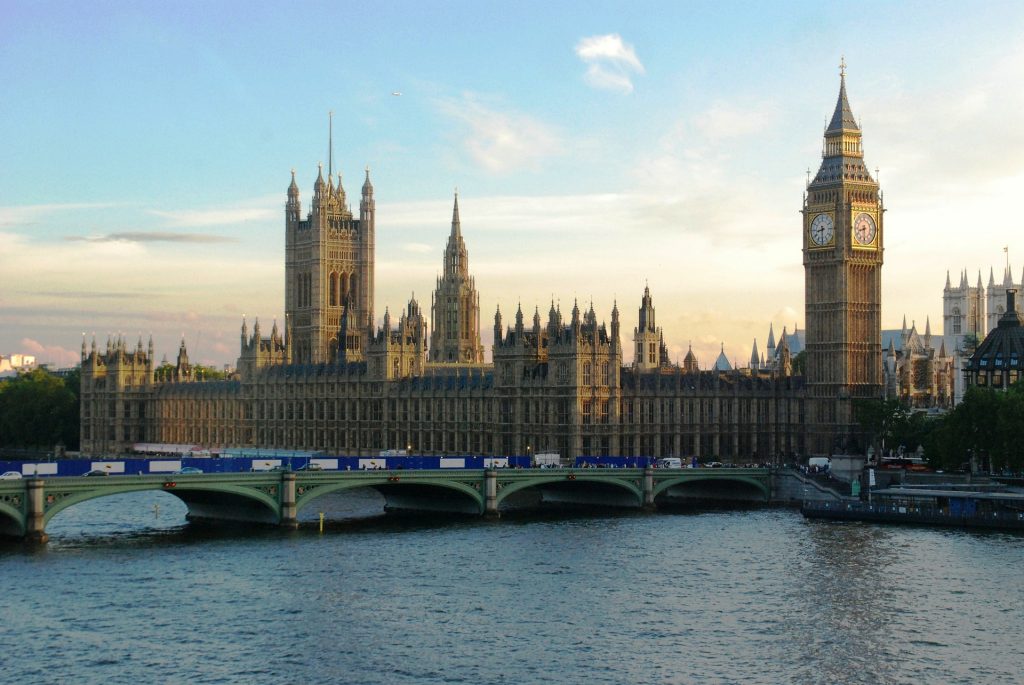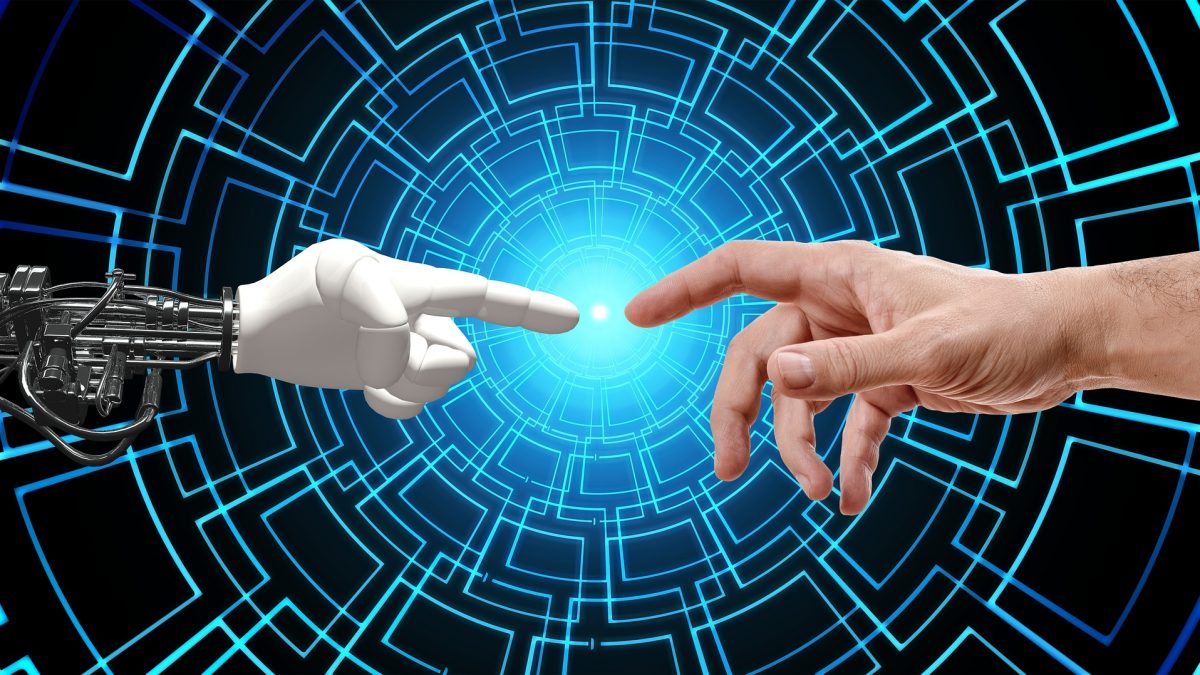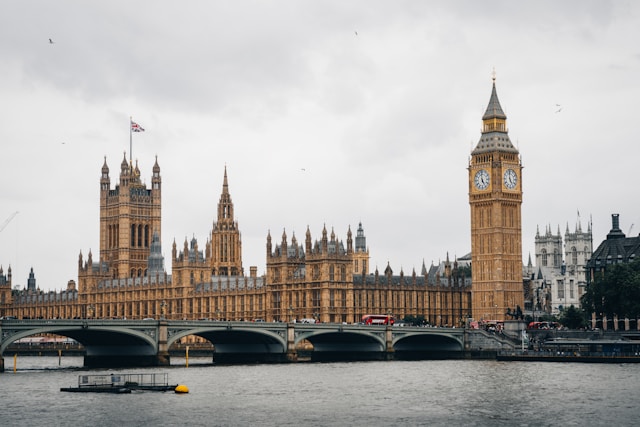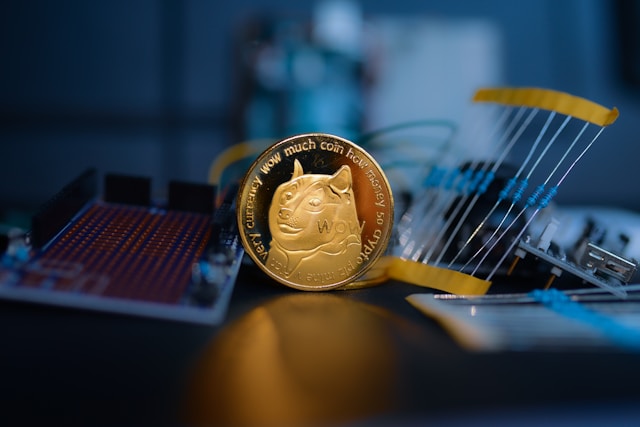
Clear the Lobby: What Laws are MPs voting on this week? W/C 27th March 2023
March 28, 2023
Maximising Your Second Year of Law School
March 31, 2023Disclaimer: This article is written by Amwene Etiang. Any views and opinions expressed in this article are those of the writers and do not necessarily reflect the views or positions of the team editor nor any entities they represent
With the recent developments in AI technology, the stories I heard when I was younger about robots taking over the world are seemingly coming true. Honestly, I thought I would be much older when this robo-invasion started happening. That is not to say the rapid development of computers’ capability is entirely a bad thing. I do not know if I would even call it an ‘invasion’ per se. A couple of weeks ago I went to the Warwick Africa Summit and was privileged enough to meet Juls – a Grammy award winning producer and musician whose songs are frequently on my favourite playlists. When asked about what he thinks about AI, as a musician Juls at first sighed. The kind of sigh that says this is going to be a long story. It probably will be. This article will examine whether certain AI technologies pose a threat to artists – creatively, economically and legally.
Creative
AI could help artists generate ideas and source helpful information that they can use in their work. Software like Chord AI tells users the chord being played in a particular song. This means that if a musician is writing a song and they get inspiration from another song, they can easily ‘shazam’ the chord and then use it in the song they are creating. Another really helpful AI tool for listeners is Playlist AI which can be used to make playlists based on either photos, videos, text or one’s most listened to songs.
However, other AI tools are ‘fed’ artists’ work which they learn and subsequently reproduce or recreate when asked to by a text prompt. This makes the process of differentiating one’s art even more difficult. Artist Greg Rakowski in an interview with The Journal, recently complained that AI software was being used to produce art in his style, which was almost indistinguishable to his original works. All without his consent. He recently joined a lawsuit against Stability AI, Mid Journey and Deviant Art – claiming copyright infringement and unlawful competition among other claims. More details about this suit will follow in the legal section of this article. First I will turn to the economic ramifications of AI technology’s development.
Economic
Aside from challenging certain uses of AI technology in court, some artists have decided to put tags on their work in order to block it from being detected and fed into the AI bots such as ‘noAI’. Beyond having their artistic style copied, art generating AI software poses a threat to artists’ livelihoods. As he said in ‘The Journal’ podcast, artists like Greg are commissioned to do pieces because of their unique style. With AI software being able to replicate their art for free – this poses a serious competition risk to them.
Legally
Interestingly, unfair competition is one of the claims the artists are bringing in their lawsuit. Competition law aside, the artists submit that the process of ‘Stable Diffusion’ uses artists’ work without their consent. The process involves AI being fed lots of images of artists work. Then when given a text prompt – for example, produce Picasso like art – Stability AI is able to do this because it has learned what Picasso artwork looks like. And therefore can produce a Picasso-like piece, without the permission of Picasso or Picasso’s estate. This obviously poses the risk to artists today just mentioned.
However, is there anything, legally speaking, wrong with this?
The issue of human creativity is fascinating. The way in which AI functions is similar to human creativity. An app called Dall-E works like this. AI bots are fed data – be it different songs or art pieces. It then internalizes this material. When prompted by a text, it produces a new piece of art. Artists may go to galleries, or listen to other musicians’ songs. They may choose to reflect on this work. The artist may then go on to produce a new piece of work inspired by the previous art they had seen. What Dall-E and the artist are doing is the same, producing a new work, inspired by work of another artist. Surely this satisfies the requirement that a work be the author’s own intellectual creation, according to the landmark Infopaq decision, in order to have copyright protection.
Speaking to a friend the other day about her dissertation on AI and the law, she mentioned that an argument she had made was that the standard for a machine cannot be the same standard for a human. The Human Artistry Campaign recently published principles on AI last week. One of these being that copyright ought to protect the unique value of human creativity. Although what Dall-E and the artist are doing is the same in principle, in practice a machine is much more adept and faster at copying art. Such that the art produced by the machine may not merely be inspired by the previous work, but in reality is a copy. Whereas it is much more difficult for an artist to copy another artist’s work. Juls actually answered that there is a unique human touch to art that a machine cannot replicate. I would add that there is a unique human touch that another human being may as well not be able to replicate.
Conclusion
One thing that can be agreed upon is that AI is going to transform the artistic landscape. Certain AI tools will prove invaluable to artists and consumers alike. Like those which help generate ideas and make playlists. However, beyond their use as a tool for artists, AI will seemingly develop a life and a mind of its own. If it becomes a key force, as opposed to merely a tool, in the art world it will definitely challenge the status quo – making it increasingly difficult for artists to make a living. Although legally the way AI operates through deep learning prima facie seems to be in line with copyright laws, it remains to be seen whether the law will adapt and have a different threshold for AI.





